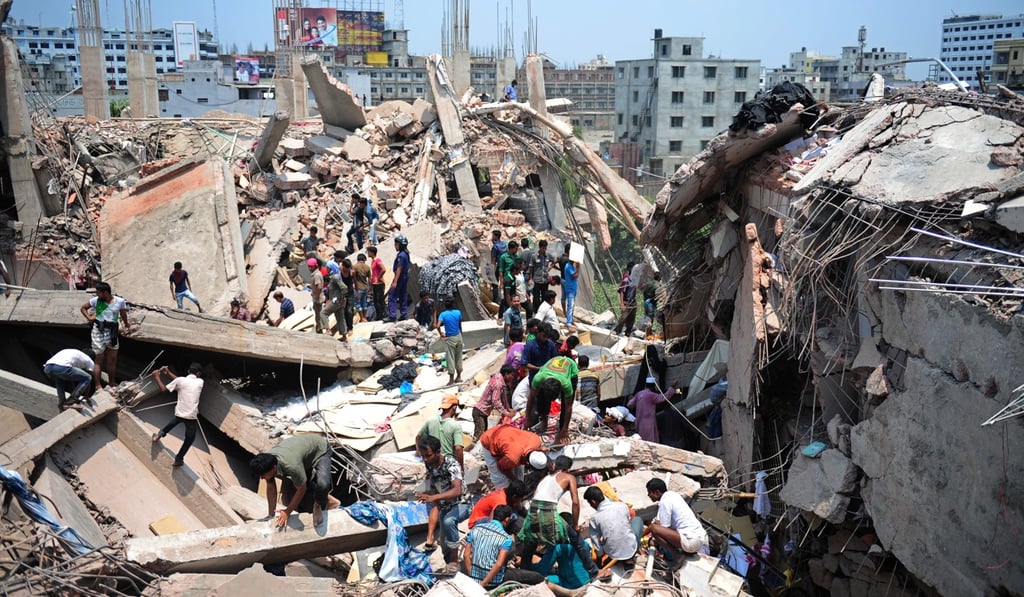Advertisement
Five years after Rana Plaza disaster, are Asia’s sweatshops a thing of the past?
Industry figures say the garment factory trade has turned a corner. But even if safety has improved, wages are another matter
Reading Time:4 minutes
Why you can trust SCMP
0

Asian garment factories are struggling to keep up with the relentless global appetite for cheap clothes, but Tuomo Poutiainen is convinced that sweatshops will soon be a thing of the past. “In 10 years, the time of sweatshops will be over,” says Poutiainen, a United Nations expert on the industry. “There is so much attention and visibility on this subject. Transparency means there’s no space for sweatshops and substandard conditions, there’s plenty of eyes to report them. Twenty years ago it was easy to hide in these situations.”
The Asian garment factory industry is worth more than US$600 billion a year, with the likes of Bangladesh and Cambodia relying on it for more than 75 per cent of their exports. Many of the 60 million who work in the garment industry are still poorly paid, earning US$100 a month or less in the newly emerging cheap labour nations of Ethiopia and Myanmar.
It is an industrial juggernaut that has frequently broken trading laws and safety standards – something that has often proved fatal for workers. On April 24, 2013, a five-storey building called the Rana Plaza in Dhaka, Bangladesh, collapsed, killing 1,134 and injuring more than 2,500 people working in the factories and shops within it. It was one of the worst industrial accidents ever, and the wake-up call the industry needed.

Slave husbands of Hong Kong: the men who marry into servitude
Governments and brands took collective responsibility and set up the Bangladesh Accord of Fire and Safety in the immediate aftermath of the disaster to monitor safety conditions. Now two million workers are covered by the accord. Companies such as H&M and Zara have been involved in improving standards in buildings. The ILO has been part of reforms across the whole of Asia, working with hundreds of factories.
Advertisement